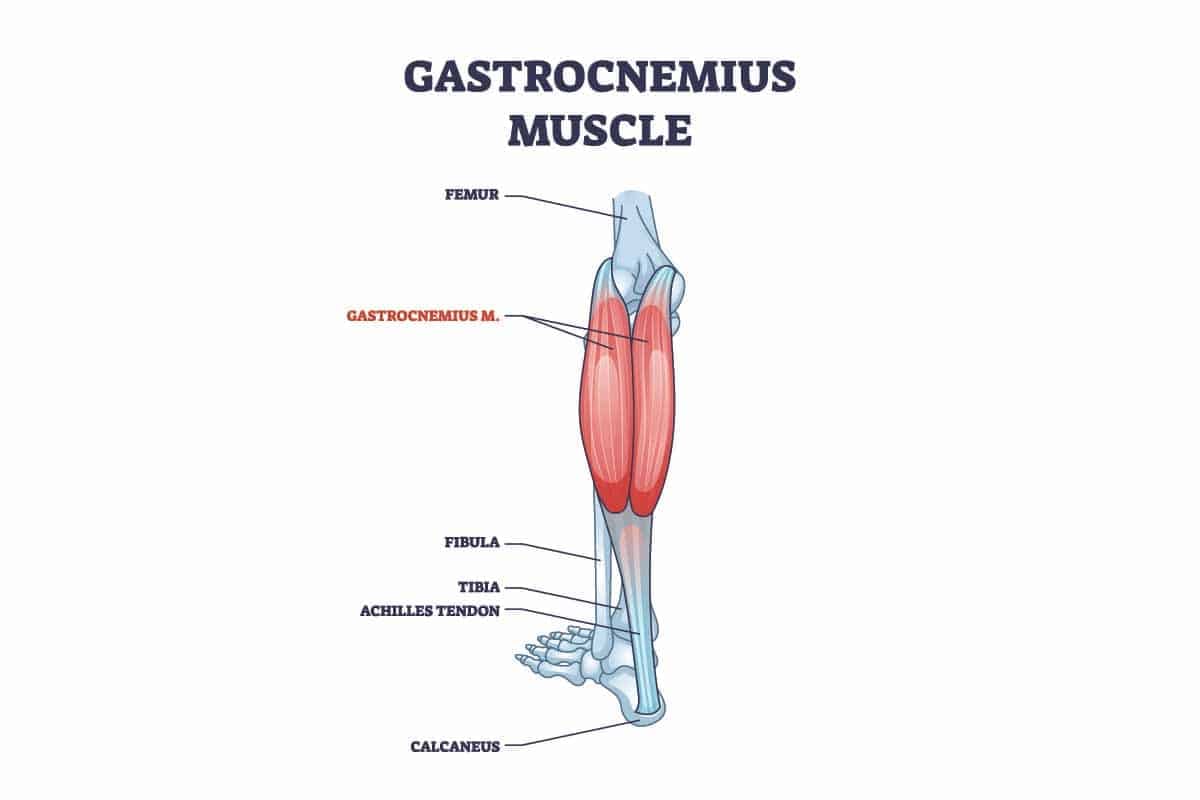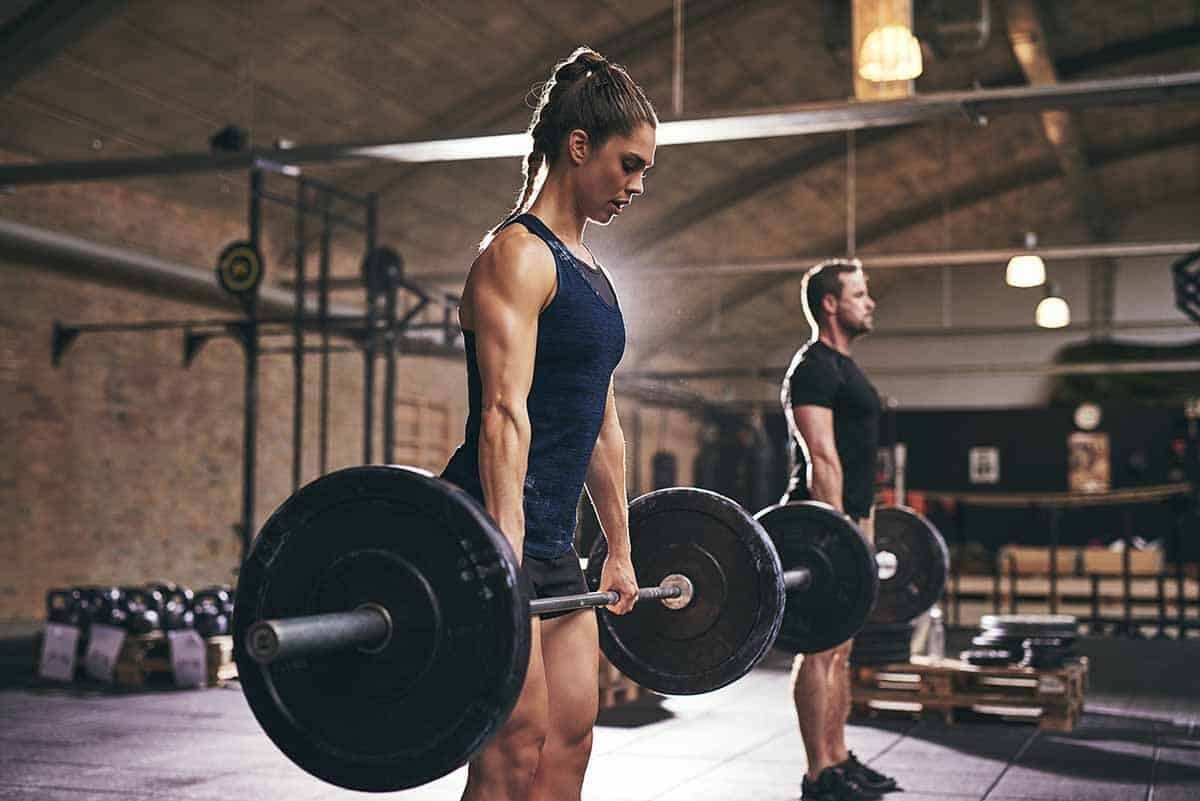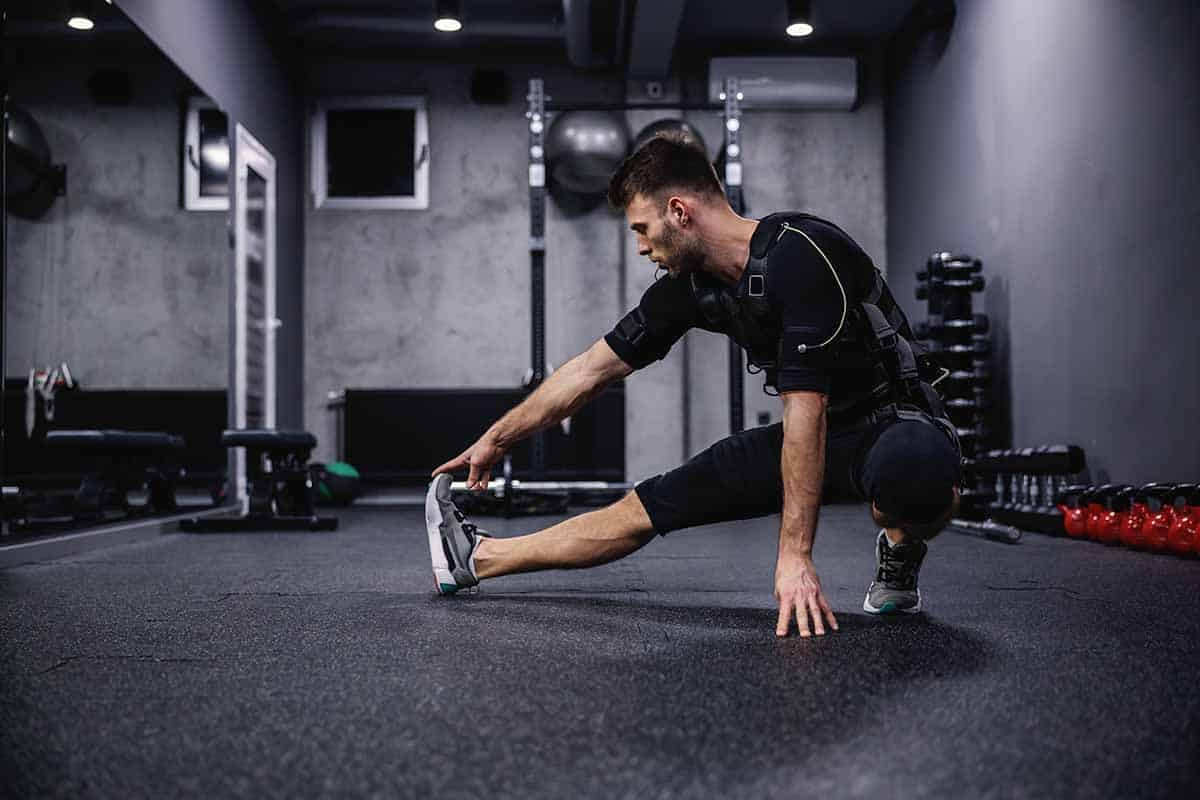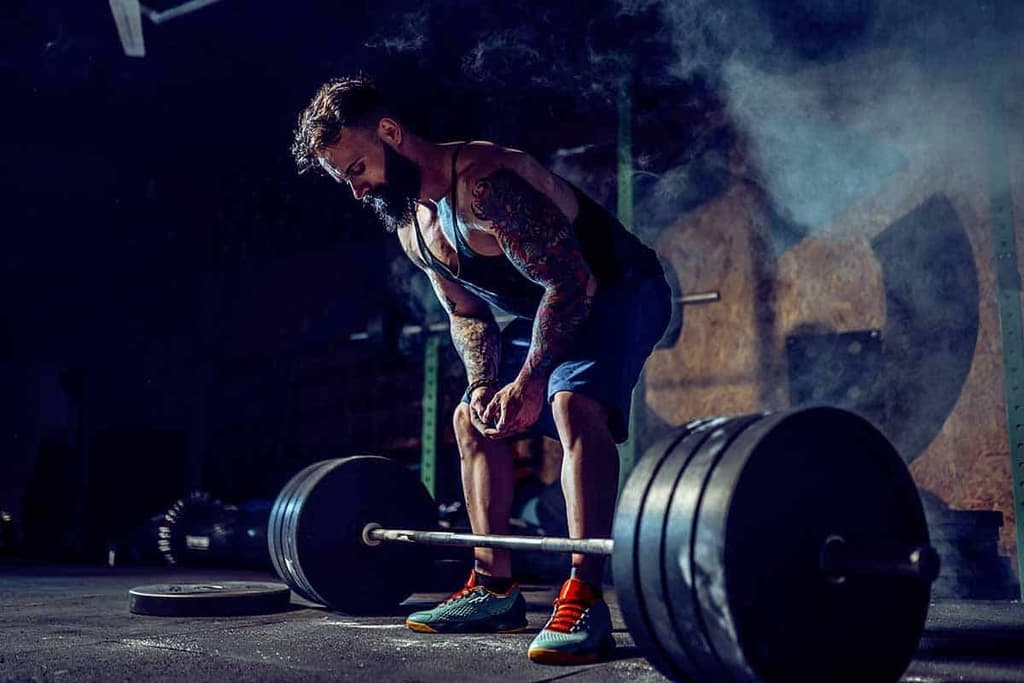Top 5 Leg Pull Exercises: Leg Day Essentials
Want to build strong and chiseled legs? Look no further than leg pull exercises, that require the leg muscles to pull against resistance ...
If you want to build strong and chiseled legs, look no further than leg pull exercises. They’ve been in the workout routine of weightlifters of all levels of experience for ages now. Likewise, they work incredibly well for developing a strong lower body.
On top of that, leg pull exercises come in all types, and you most certainly can find one you enjoy doing.
This article delves into the benefits of leg pull exercises and the primary muscle groups they target. Then, we’ll provide you with a list of the best and most popular exercises.
What Are Leg Pull Exercises?
As the name suggests, leg pull exercises specifically target the legs and lower body muscles. They often involve movements that require the leg muscles to push or pull against resistance, such as body weight, resistance bands, or weights.
Another advantage of these exercises is that they can be done with barbells, dumbbells, or even just body weight, making them very versatile and suitable for all kinds of workout setups and experience levels.
What Are The Benefits of Leg Pull Exercises?
There are several benefits to leg pull exercises.
1. Engaging Multiple Muscle Groups
All athletes should include leg pull exercises in their routines since they engage all the muscle groups involved in walking, running, and jumping. Therefore, they are essential to improve athletic performance.
2. Proper Posture
Leg pull exercises also play a huge role in maintaining good posture and preventing or reducing lower back pain. That happens because weak glutes, lumbar, and hamstrings end up making your spine overcompensate by arching or rounding, which causes pain and harms your posture.
3. Burning Calories and Promoting Weight Loss
Leg pull exercises are typically intense and can help burn a significant number of calories, making them a great addition to a weight loss or calorie-burning program.
4. Preventing Injuries
Strengthening the muscles in the legs through leg day exercises can help prevent injuries, as stronger muscles are better able to support the joints and reduce strain on the body during physical activities.
What Are The Muscle Groups Involved in Leg Pull Exercises?
Before getting into leg pull exercises, it’s important to understand what muscle we are working with. Here’s a quick rundown of your main leg muscles and muscle groups:
1. Lumbar Muscles
The lumbar muscles does a lot of different things, and they’re it’s really complex., bBut theirits main responsibility is to stabilize the base of the spine. Additionally, the most important muscle we aim to strengthen in the lumbar region is the lower section of the erector spinae.
This gigantic muscle runs through your whole spine and is responsible for extending and laterally flexing the back while also maintaining correct posture and curvature of the spinal column.

2. Glutes
The glutes are made up of 3 main muscles: gluteus maximus, gluteus mediums and gluteus minimus, and their combination is responsible for the variety of butt shapes that exist out there. The glutes play a vital role in our ability to walk while standing up and are what enable us to run great distances.

3. Quadriceps
The biggest and strongest: the quadriceps femoris is a gigantic muscle located in your thighs. It is important in all leg movements, extending the knee joint and flexing the hip.

4. Hamstrings
When people talk about strengthening the hamstrings, they are mainly talking about the biceps femoris. It is located on the posterior section of your thighs and is responsible for both hip and knee movements. Also, it plays a part in the complex mechanics of walking and running.

5. Calves
Finally, the calves are the last main muscle region of the legs. They are home to the gastrocnemius muscle, which, besides allowing our legs to point our toes down (also called plantar flexion), also grants propulsion for walking, jumping, and running.
By the way, if you want to train your calves like a pro, you should definitely try the Soleus Exercise.

Top 5 Leg Pull Exercises
Now that we know exactly what muscles we are trying to strengthen, let’s take a look at the top leg pull exercises:
1. The Deadlift
A classic for a reason. The deadlift is a foundational exercise that is great for your whole body, including your leg muscles. It targets several muscle groups, including the hamstrings, glutes, lower back, and quadriceps.
Also, studies show that the deadlift can also make you jump higher, so if you are an athlete, maybe a basketball or volleyball player, this exercise is highly recommended.
Here’s a tutorial:
- Place a barbell with the appropriate weight above your feet.
- With your knees bent, grab the barbell with an overhand grip.
- Stand up fully, while always keeping the barbell close to your body, your back straight, and your core braced.
- When it reaches hip height, push your pelvis forward and squeeze your glutes for a couple of seconds.
- Slowly lower the barbell back to the ground.
- Repeat for the desired number of repetitions and rest before the next set.

2. The Romanian Deadlift
This exercise will help you say goodbye to pancake butt! The Romanian deadlift is the European cousin of the deadlift. It is similar in execution, but the big difference is that it has a bigger focus on your glutes and hamstrings.
If you want to learn more about the differences between Romanian and traditional deadlifts, check out the comparison between Deadlift Vs. RDL .
Here’s how to do it:
- Differently from the regular deadlift, the movement starts with the barbell already at hip height. Stand with your feet hip-width apart and hold the barbell with an overhand grip.
- Keep a slight bend in your knees and hinge at your hips, lowering the barbell down towards your feet.
- Maintain a straight back and brace your core throughout the movement.
- Lower the barbell until you feel a stretch in your hamstrings.
- Bring the barbell back by extending your hips.
- Repeat for the desired number of repetitions and rest before the next set.
3. The Stiff-Leg Deadlift
The stiff-leg deadlift is the final member of the deadlift family on this list. It is also one of the best hamstring exercises out there! It is similar to the Romanian deadlift but requires an even smaller knee bend.
Check out the step-by-step:
- Starting with the barbell on the ground, stand with your feet hip-width apart and hold the barbell with an overhand grip.
- Keep your legs as straight as possible without locking them. Hinge at your hips, lowering the barbell down towards your feet.
- Maintain a straight back and engage your core throughout the movement.
- Lower the barbell until you feel your hamstrings stretching.
- Bring the barbell back by extending your hips
- Repeat for the desired number of repetitions and rest before the next set.
4. The Good Morning
This exercise is great for your glutes and hamstrings and your lower back. It consists of placing a weighted barbell on your back, almost at shoulder height, and performing a bow almost like you’re greeting someone, hence the name “good morning.”
Check out the tutorial:
- Stand with your feet shoulder-width apart, grab a weighted barbell, and place it across your upper back.
- Slowly lower your torso in a bow motion while keeping your back straight.
- Remember to engage your core throughout the whole movement.
- Keep lowering your torso until it is nearly parallel to the ground.
- Slowly return to the starting position
- Repeat for the desired number of repetitions and rest before the next set.

5. Bulgarian Split Squat
Squatting is one of the oldest ways to train your quadriceps and glutes, and every squat variation and machine comes from this foundational move. The variation we chose is the Bulgarian split squats. Many dread this exercise because it gives a really good burn on the quads, but its results are undeniable.
Here’s a step-by-step:
- Grab a bench and a pair of dumbbells.
- Place the bench behind you and hold each dumbbell in one of your hands.
- Place the top of your foot on the bench behind you.
- Squat with the leg that supports your weight, keeping the foot on the bench steady.
- As you bend your knee, remember to keep your back straight and brace your core for stability.
- Once your thigh is as parallel to the ground as you can reach, start coming up again slowly.
- Repeat for the desired number of repetitions and rest before the next set.
Incorporating Leg Pull Exercises In Your Routine
With the exercises listed above, you’re more than prepared to start incorporating leg pull exercises into your routine. However, we’ve selected a few tips that will help you get started:
1. Start slow
If you’re new to the gym, it’s better that you start slowly with the exercises above. They all require you to use the proper form to be effective and avoid injuries. Start with low weight or even just the barbell, and once you get a feel for the movement, begin increasing the difficulty.
2. Warm-up Before Working Out
Warm-up is not optional! It is an essential step every serious weightlifter takes before they start their workout session.
It doesn’t matter if it’s leg warm-ups to chest warm-ups; you should always do them.
Remember to stretch and do mild cardio like jumping jacks or a small jog. This will get your blood pumping and raise your body temperature, which prevents injuries and ensures a better performance during training.

3. Focus on Your Form
Seriously, there are already enough stories of people hurting themselves by working out with the incorrect form.
When it comes to gains and building muscle, proper execution is way more important than weight. That means if a weight is so heavy it harms your form, lower the load and focus on doing the exercise correctly.
Final Thoughts
Leg Pull exercises are a great addition to any workout routine, be it push-pull legs or full-body. Hopefully, this article prepared you for the ultimate pull day workout by explaining the best exercises and how you can safely start incorporating them into your workout routine.
Remember to go slow about it, and don’t be afraid to consult a professional if you have any doubts about form or execution. Follow the tips above, and in no time, you’ll have the strong and chiseled legs you’ve always dreamed of.
Ready to sculpt your legs? Try the Flex APP and unlock personalized workouts, progress tracking, and a community that cheers you on. Get fit with Flex!
Related articles


Get fit with Flex
Build muscle & lose weight fast for free.
Available on iPhone + Apple Watch





